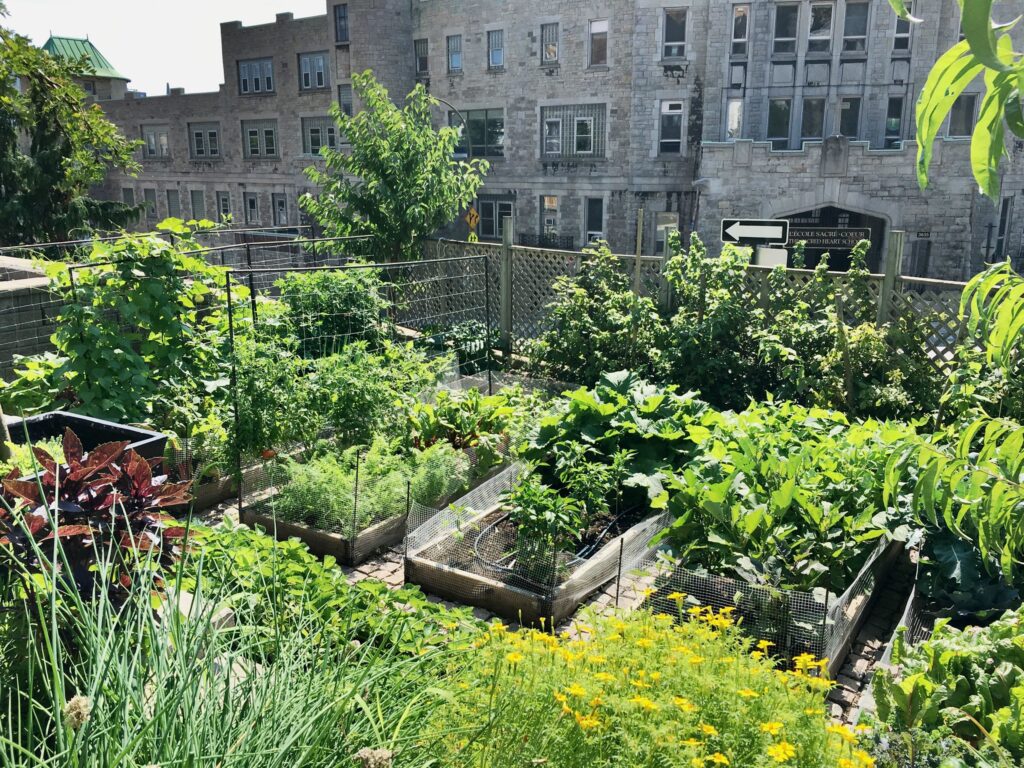
Urban agriculture – essentially farming within a city – has become increasingly popular worldwide. It is intended to make cities and urban food systems more sustainable. There are social and nutritional benefits to urban agriculture, but its carbon footprint has not been widely studied.
There are high-tech, energy-intensive forms of urban agriculture, such as vertical farms and rooftop greenhouses. But most urban farms are decidedly low-tech such as individual gardens managed by single farmers and community gardens managed by small groups of people.
A comprehensive international study led by the University of Michigan calculated the greenhouse gas emissions associated with the materials and activities of urban farms over their operating lives. The emissions, expressed in the quantity of carbon dioxide equivalents produced per serving of food, were then compared to those of foods raised by conventional agriculture.
On average, food produced through urban agriculture emitted six times higher amounts of CO2 per serving than conventionally grown produce.
The study went on to recommend best practices crucial to making low-tech urban agriculture more carbon-competitive with conventional agriculture. These include making use of infrastructure for more extended periods of time, making use of urban waste, and maximizing social and health benefits.
Urban agriculture offers a variety of social, nutritional, and place-based environmental benefits and has its place in future sustainable cities. It is important to implement it in ways that are most beneficial.
**********
Web Links
Study finds that urban agriculture must be carefully planned to have climate benefits
Photo, posted July 27, 2016, courtesy of Sandra Cohen-Rose and Colin Rose via Flickr.
Earth Wise is a production of WAMC Northeast Public Radio
Leave a Reply